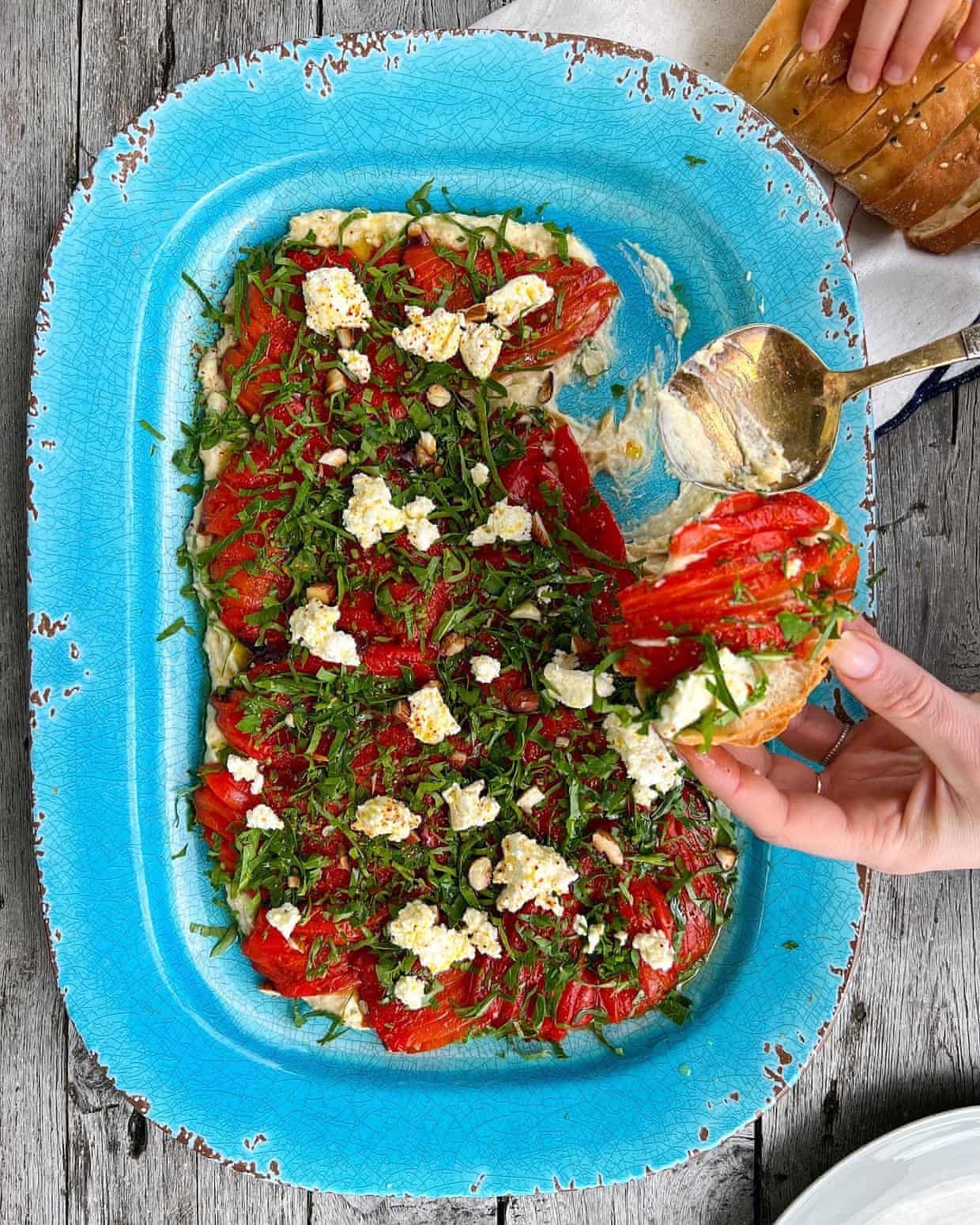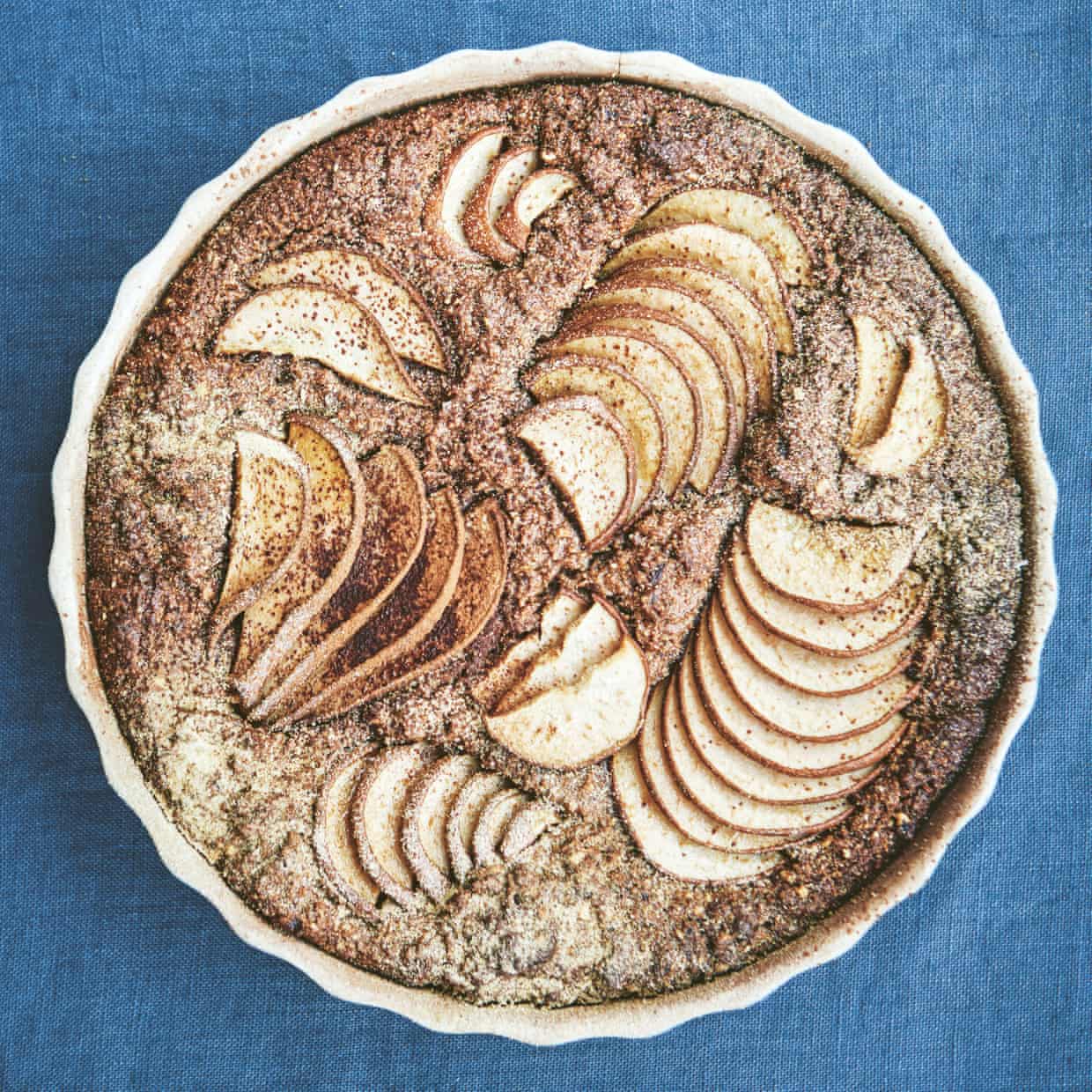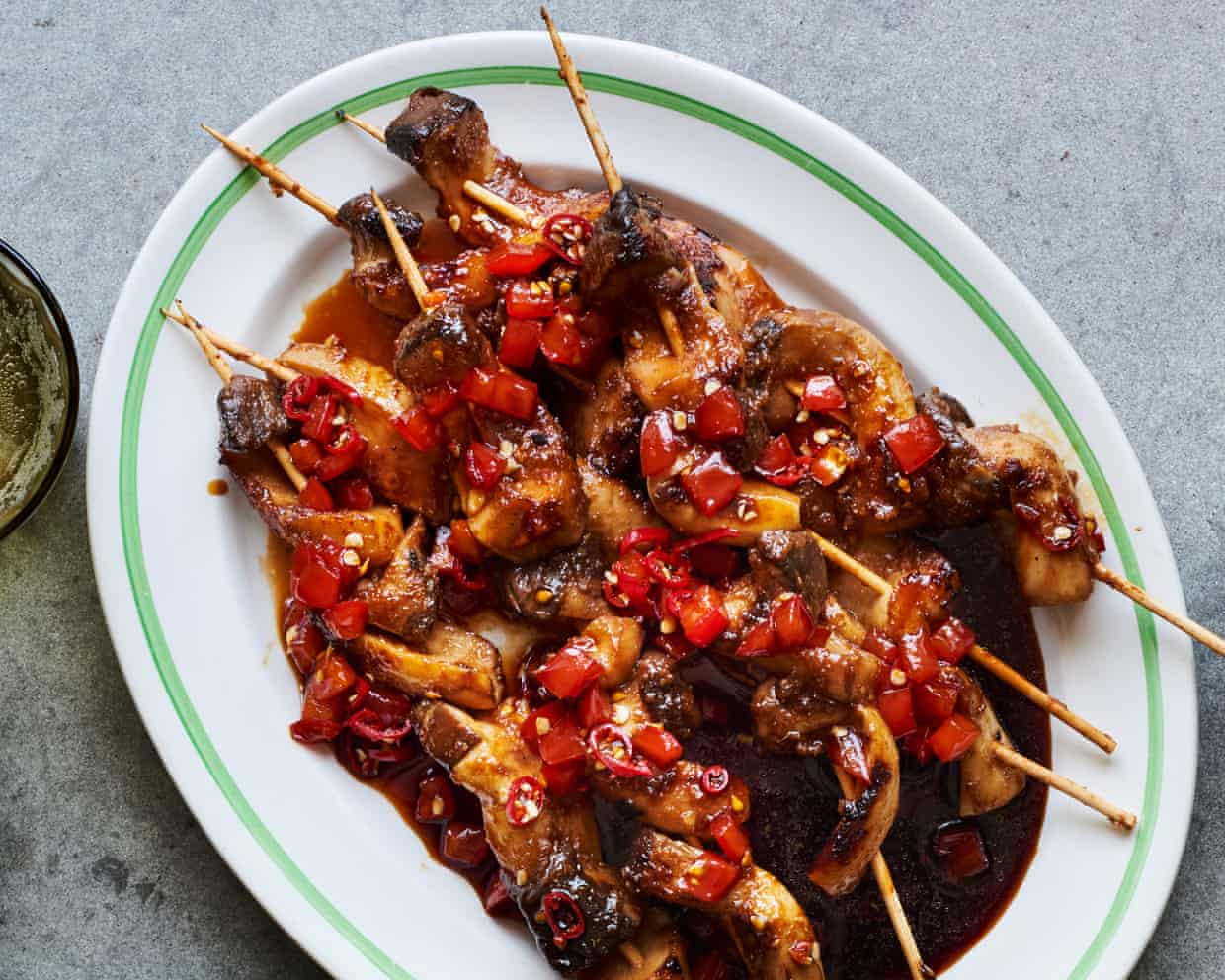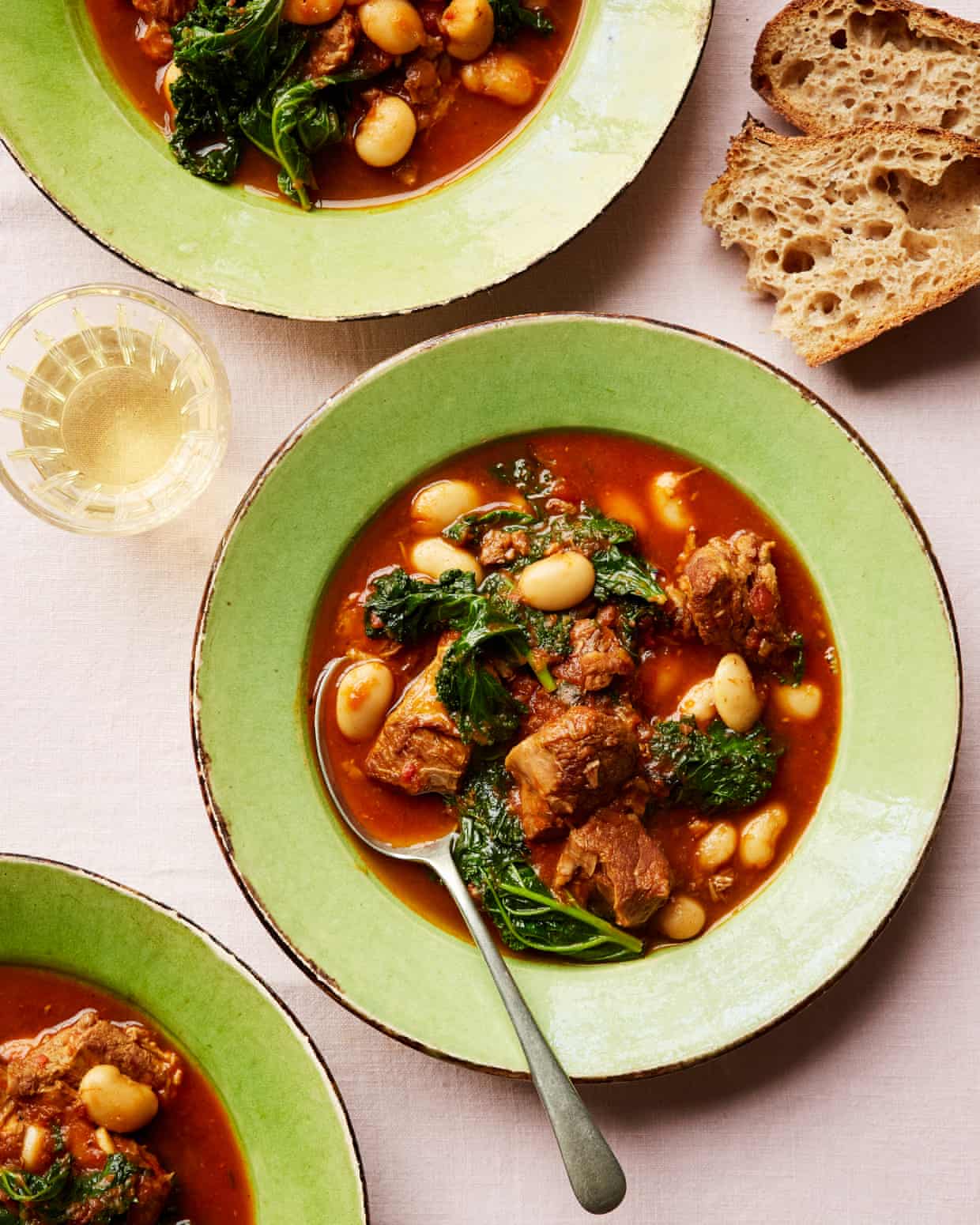Prozac ‘no better than placebo’ for treating children with depression, experts say

Clinical guidelines should no longer recommend Prozac for children, according to experts, after research showed it had no clinical benefit for treating depression in children and adolescents.Globally one in seven 10- to 19-year-olds have a mental health condition, according to the World Health Organization.In the UK, about a quarter of older teenagers and up to a fifth of younger children have anxiety, depression or other mental health problems.In the UK, National Institute for Health and Care Excellence (Nice) guidance says under-18s with moderate to severe depression can be prescribed antidepressants alongside therapy.But a new review of trial data by academics in Austria and the UK concluded that fluoxetine, sold under the brand name of Prozac among others, is clinically no better than placebo drugs in treating depression in children, and should therefore no longer be prescribed to them.
The authors conducted a meta analysis of 12 large trials involving Prozac, published between 1997 and 2024, and concluded that fluoxetine improved children’s depressive symptoms so little as to not be considered clinically meaningful,“Consider the analogy of a weight-loss drug that is better than placebo at producing weight loss, but the difference is only 100 grams,” said Martin Plöderl, a clinical psychologist at Paracelsus Medical University in Salzburg, Austria, and lead author of the study,“This difference is unlikely to be noticeable to the patient or their doctors or produce any difference in their overall condition,”The study, published in the Journal of Clinical Epidemiology, identified a “novelty bias” in early trials, which were likely to be more positive, while later studies fail to confirm these effects,It concludes that the potential risks of harmful side-effects of fluoxetine are likely to outweigh any potential clinical benefit.
The most common side-effects experienced by children on antidepressants are weight gain, sleep disturbance and concentration problems.They can also increase suicidal ideation.The authors also examined clinical guidelines in the US and Canada and found that just as in the UK, they ignored evidence that Prozac was clinically equivalent to placebo and continued to recommend its use for children and adolescents with depression.Mark Horowitz, an associate professor of psychiatry at Adelaide University and a co-author of the study, said: “Fluoxetine is clearly clinically equivalent to placebo in its benefits, but is associated with greater side effects and risks.It is difficult to see how anyone can justify exposing young people to a drug with known harms when it has no advantage over placebo in its benefits.
“Guidelines should not recommend treatments that are equivalent to placebo,Many clinicians take the common-sense approach that we should seek to understand why the young person feels depressed and address the factors that are contributing to it,“Guidelines in the UK and around the world currently recommend treatments for children with depression that are not in line with the best evidence,This exposes young people to the risks of medication without any benefit over placebo,”The long-term effects of antidepressants in children and adolescents were “poorly understood” and research among adults showed risks included serious side effects that may be long-term and in some cases persist after stopping the medication, he added.
Responding to the findings, a Nice spokesperson said: “Mental health is a priority for Nice and we recognise that depression in young people is a serious condition that affects each differently, which is why having a range of treatment options is essential for clinicians.Our guideline recommends a choice of psychological therapies as first line treatment options for children and young people with depression.“Nice recommends that children and young people with moderate or severe depression are reviewed by specialist teams.Antidepressants may be considered in combination with psychological therapy for moderate to severe depression in some cases and only under regular specialist supervision.”Prof Allan Young, chair of the Royal College of Psychiatrists’ Academic Faculty, said that the study should be interpreted with “caution”.
“Clinical guidelines weigh many factors beyond average effect size, including safety, feasibility, and patient preferences.It is important that prescribed medication demonstrate consistent evidence and safety data,” he said.In the UK, the charity Mind is available on 0300 123 3393 and Childline on 0800 1111.In the US, call or text Mental Health America at 988 or chat 988lifeline.org.
In Australia, support is available at Beyond Blue on 1300 22 4636, Lifeline on 13 11 14, and at MensLine on 1300 789 978

Tell us about a recipe that has stood the test of time
Recipes carry stories, and often when they have been passed down from generation to generation, these tales have a chapter added to them each time they are made. Family members concoct elaborate treats and seasoning mixes, which in some cases travel across oceans to end up on our dinner tables.We would like to hear about the recipes that have stood the test of time for you, and never fail to impress. Who first made it for you? Did you stick to the recipe that was passed down or have you improvised? What are the stories you associate with your favourite family recipe?Let us know and we will feature some of the best in Feast.Tell us about the recipe that has been handed down through generations in the form below

Alice Zaslavsky’s recipe for garlic red peppers with a creamy white bean dip, AKA papula
This week, I’ve been putting the finishing touches on an interview I recorded with legendary Australian cheesemaker Richard Thomas, the inventor of an ingredient you may not even realise is Australian: marinated feta, AKA “Persian fetta”. An unexpected stop on a trip to Iran in the 1970s gifted Thomas a chance meeting with a Persian doctor and his breakfast: fresh labneh with soft, still-warm lavash. It was a revelation. On his return, Thomas got to work creating a fresh cheese from goat’s milk (similar to chèvre) and from cow’s milk, marinated and preserved in oil, with an extra “t” to avert confusion with the Greek-style feta, that’s still being utilised by cooks and chefs right across the world.Persian fetta is a shapeshifter, capable of remaining both firm and steadfast when crumbled across the top of a platter or salad, and of yielding to a soft, velvety cream, enhancing all manner of dishes from pasta to pesto to whipped dips and schmears – and, of course, as a topping for that Aussie cafe staple, avocado toast

How to turn hazelnuts into a brilliant flour for cakes – recipe | Waste not
Each recipe in my cookbook Eating for Pleasure, People & Planet includes optional whole food ingredients such as rapadura sugar, emmer wheat and flaxseeds to boost nutrients and flavour, while also keeping things adaptable so you can use up what you already have in the cupboards. Writing a plant-based cookbook taught me new ways to save waste, and confirmed my belief that zero-waste cooking is whole food cooking. Aquafaba (the liquid from a tin of chickpeas or other beans), for example, is a powerful emulsifier that can replace eggs, especially when whisked with ground flaxseeds or chia. It’s a brilliant way of turning what we’d usually pour down the sink into cakes with remarkable lift and texture.When I was writing the dessert chapter of my cookbook, I wanted every recipe to offer new ways of making cakes more nourishing

Fish, cheese or chicken? Ravinder Bhogal’s recipes for warming winter pies
When the temperature takes a nosedive, few things compete with a just-baked pie. Don’t be daunted by social media images of perfect, artistic ones; a pie will taste just as good whether it’s rustically homespun or exactingly decorated and carved. Ultimately, what is more important is the integrity of the ingredients (both the casing and the filling). As pastry or potatoes are such a large part of the equation, invest in the best, and make sure puff pastry is all butter and filo is generously lubricated with melted butter. And, if you’re serving your pie with mash, you want it lump-free, properly seasoned and enriched with butter and cream

I’m vegetarian, he’s a carnivore: what can I cook that we’ll both like? | Kitchen aide
I’m a lifelong vegetarian, but my boyfriend is a dedicated carnivore. How can I cook to please us both? Victoria, by email “I have three words for you, Victoria,” says Anna Ansari, author of Silk Roads, who grew up in a predominantly vegetarian household: “Di si xian.” Typical of northern China, this stir-fry of aubergine, potato and peppers (otherwise known as the “three treasures”) is laced with soy, Shoaxing wine, white pepper, sugar, cornflour and, in Ansari’s case, doubanjiang. She also adds tofu (the fourth treasure, if you will) for “a rounded, one-pot/wok dinner” to eat with steamed rice. “It reminds me of being a teenager in Beijing, far from home and in need of warmth and comfort,” she says, and we could all do with some of that right now

José Pizarro’s recipe for braised lamb and kale cazuela with beans
My mum, Isabel, has always cooked slowly. Life on the family farm was busy, so a pot of lamb would often be bubbling away while she worked and, by the time we all sat down for lunch, the whole house smelled incredible. November takes me straight back there. It is the month for food that warms you, dishes made to sit in the centre of the table and to bring everyone close. Lamb shoulder loves a slow cook, turning soft and rich, especially when cooked with alubias blancas (white beans) to soak up the sauce, while a good splash of oloroso gives it a deeper, rounder flavour than any red wine ever could

Seth Meyers on Epstein files: ‘It’s obvious why Trump fought so hard to stop this bill from passing’

My cultural awakening: I moved across the world after watching a Billy Connolly documentary

Jimmy Kimmel on Epstein files congressional vote: ‘Make no mistake – this isn’t over’

British Museum ends ‘deeply troubling’ sponsorship from Japanese tobacco firm

Why don’t Conservatives get credit for culture funding? | Letter

Jon Stewart on Trump’s Epstein files flip-flop: ‘This dude is flailing’